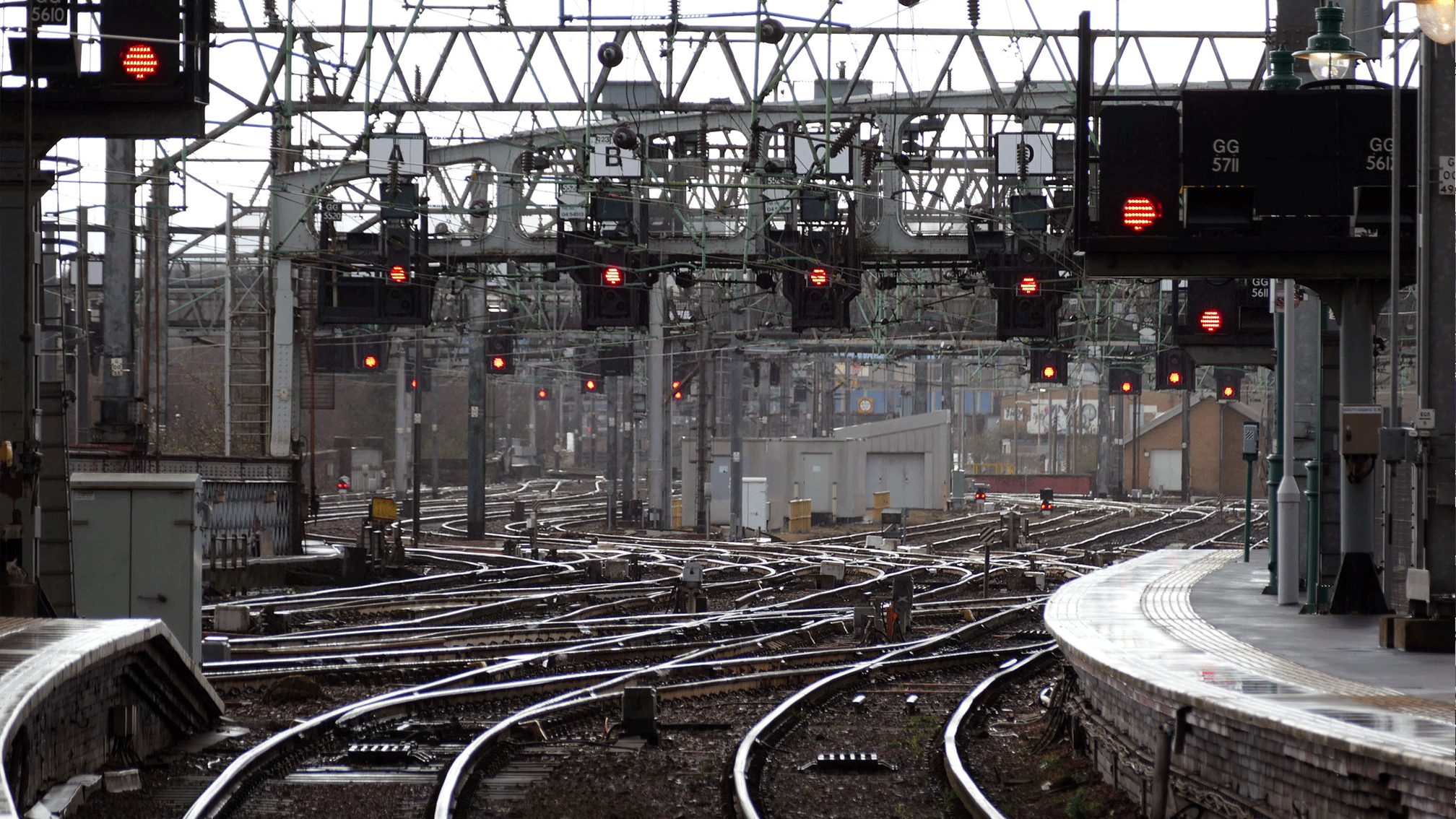
The current signalling market in Great Britain is valued at £800-900 million per year. As Britain’s railway infrastructure undergoes one of the most significant modernisation programmes in its history as it increasingly adopts digital technology, the market is expected to expand significantly.
For change on this scale to be delivered affordably, Network Rail as the main buyer of signalling systems needs to transform its approach to procuring and delivering signalling projects.
ORR has found that the current market is not competitive enough; with too few suppliers, high costs and Network Rail not having the procurement practices in place to benefit from its considerable buyer power. As a result, ORR has made a number of recommendations aimed at attracting more suppliers to the market, in order to stimulate competition and achieve better value for money when procuring signalling equipment. These include:
- A new approach to procurement aimed at rewarding pro-competitive behaviour, widening the pool of suppliers, and reducing Network Rail’s dependency on incumbent suppliers.
- Ensuring Network Rail’s procurement processes are run on genuinely competitive terms and do not unduly favour existing suppliers or penalise ‘first movers’ in new technology.
- Providing suppliers with greater certainty in the volumes of work awarded to them and reducing the risk when developing new technologies.
John Larkinson, Chief Executive, ORR said:
ORR highlights continued cooperation and engagement from Network Rail, particularly in the regions, as the key to success for these recommendations and ORR has asked for Network Rail to submit, no later than three months from the publication of this report, a strategy and plan setting out how it intends to implement the findings and recommendations.
Notes to Editors
- Signalling market study
- The Digital Rail programme is a cross-industry plan to accelerate the transition to digitally run railways in order to increase rail capacity and improve network performance sustainably and safely.
- The Office of Rail and Road (“ORR”) is the independent economic and safety regulator for the railways in Great Britain, and the monitor of performance and efficiency for national highways and trunk roads.
- We are also a competition authority with powers held concurrently with the CMA to apply competition enforcement and markets powers in matters relating to the supply of services relating to railways.

